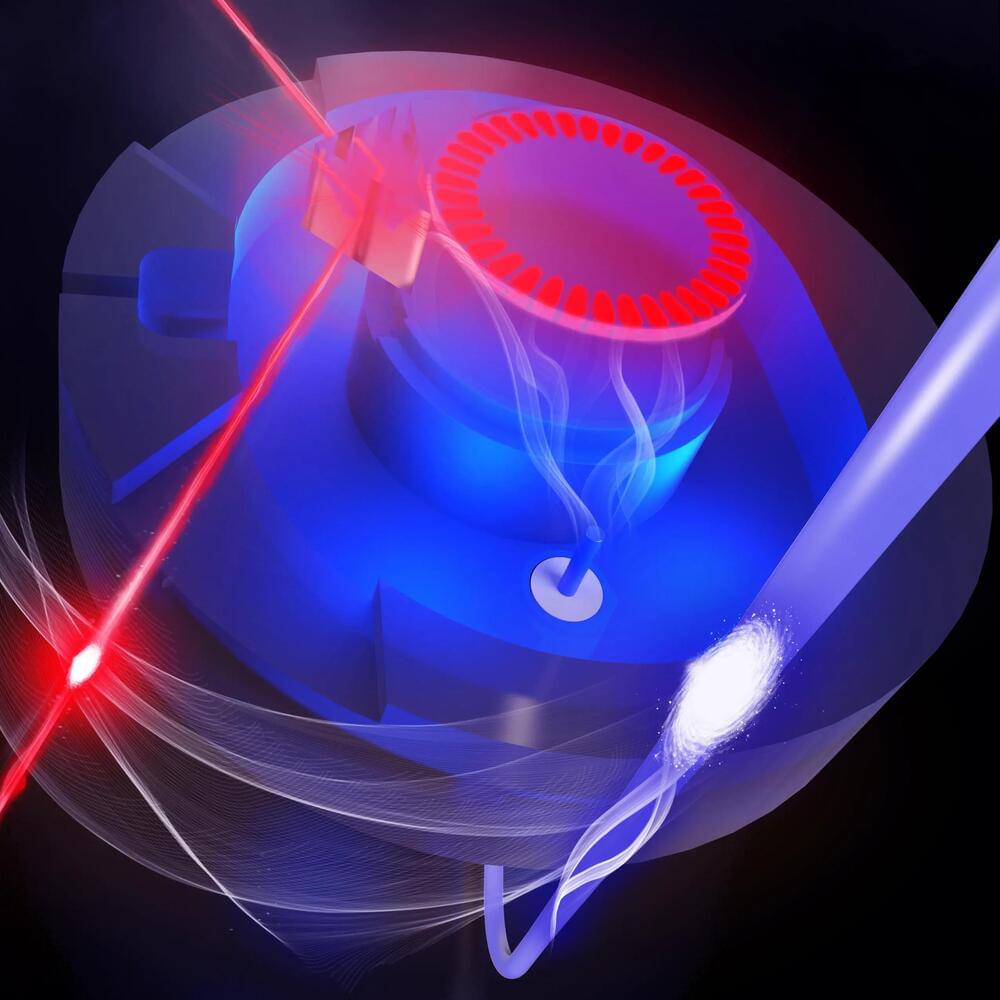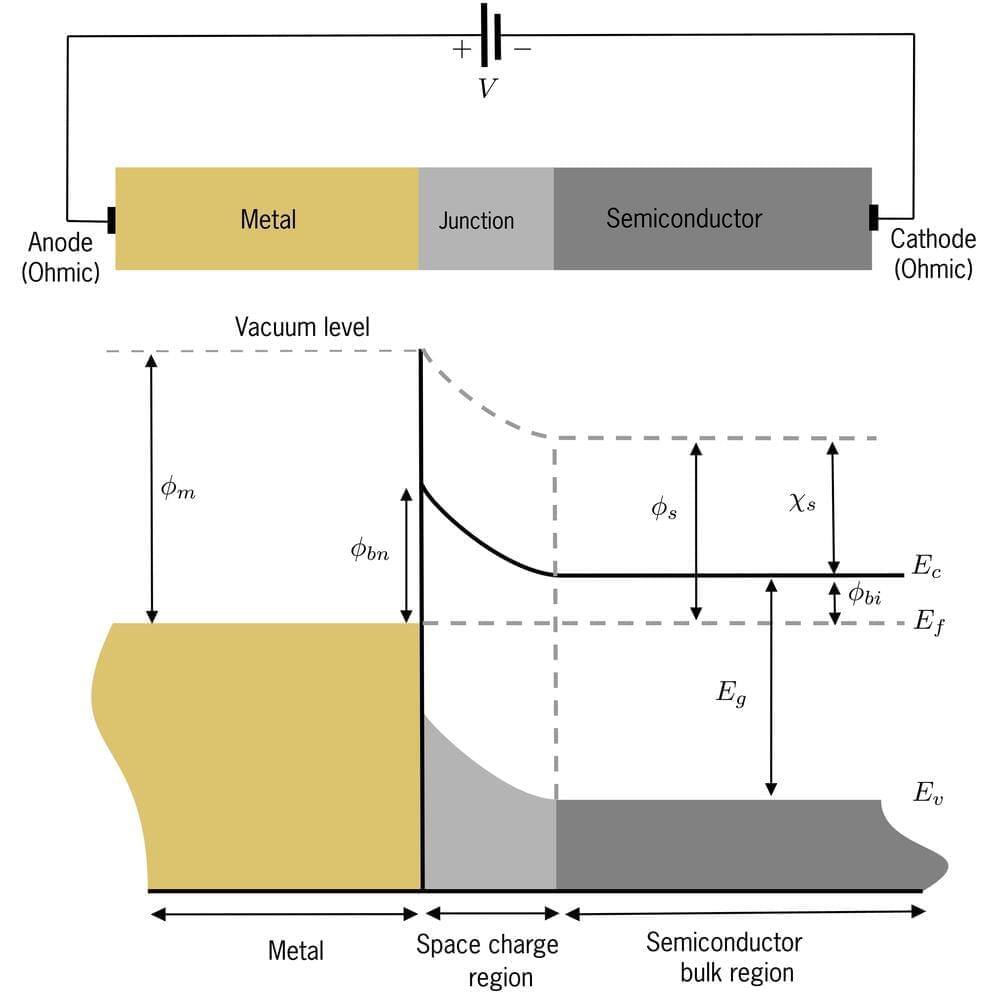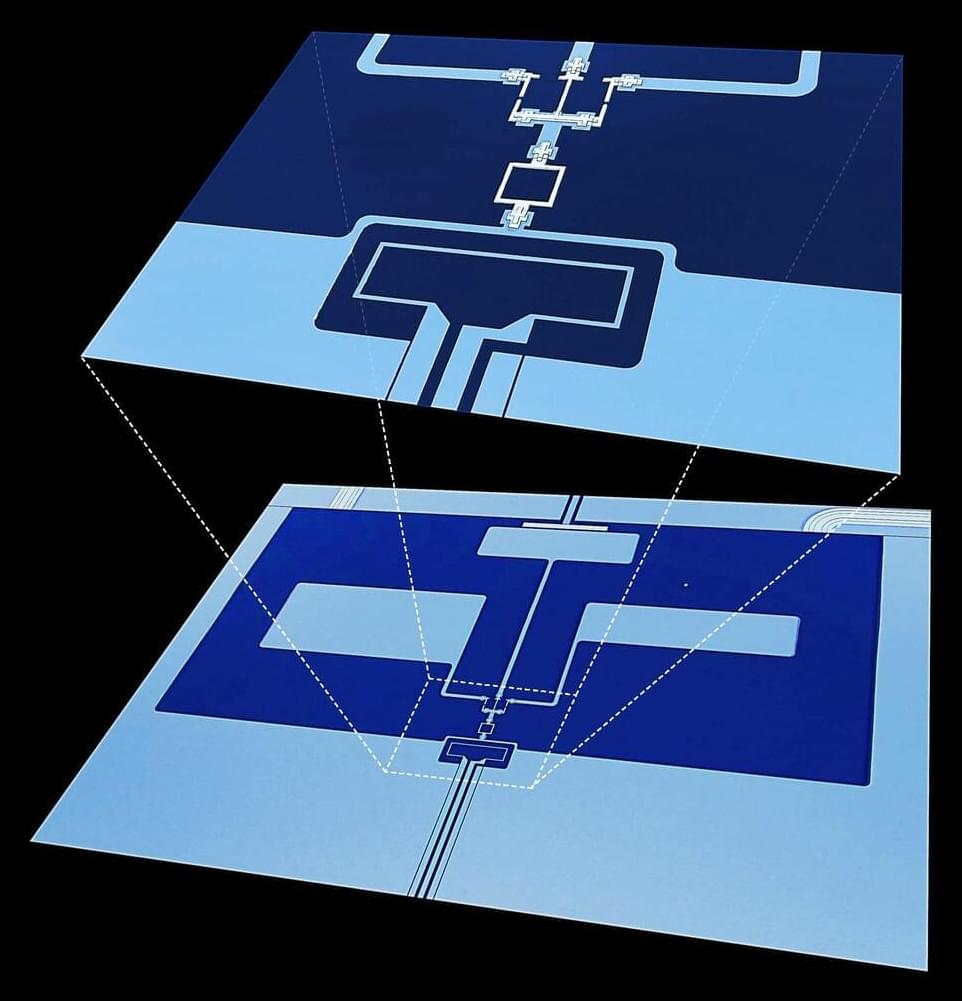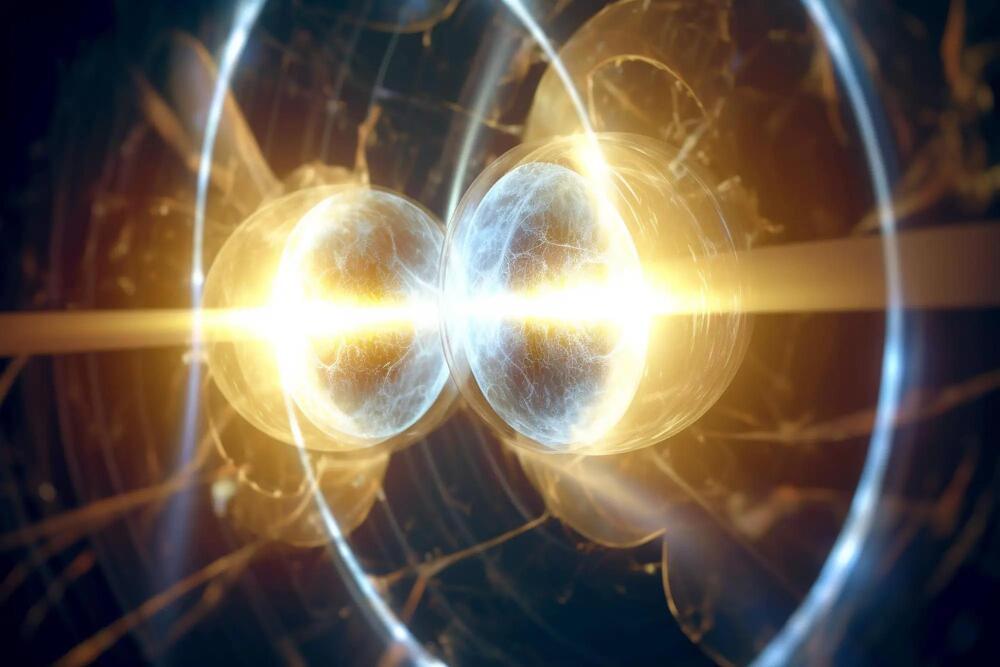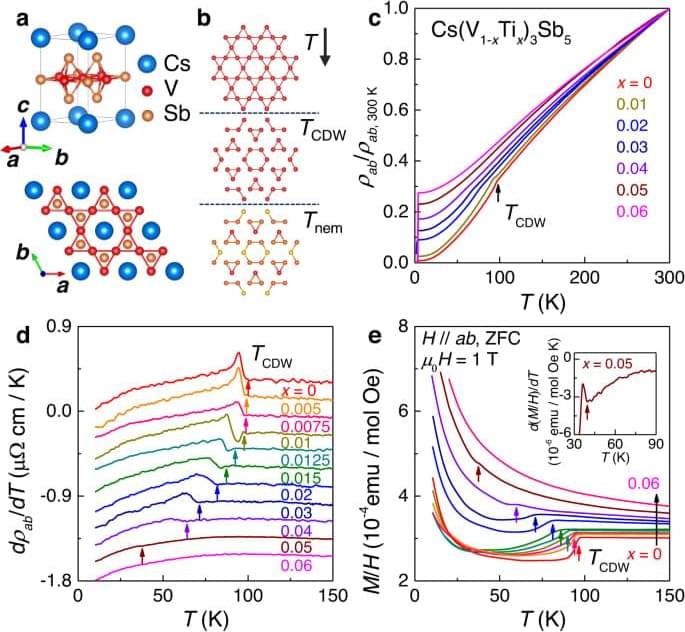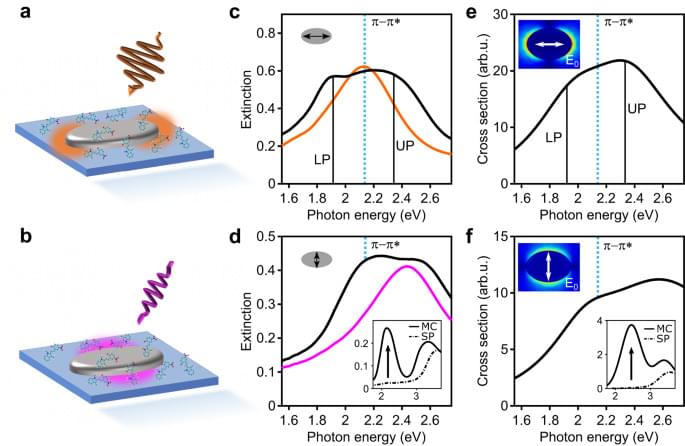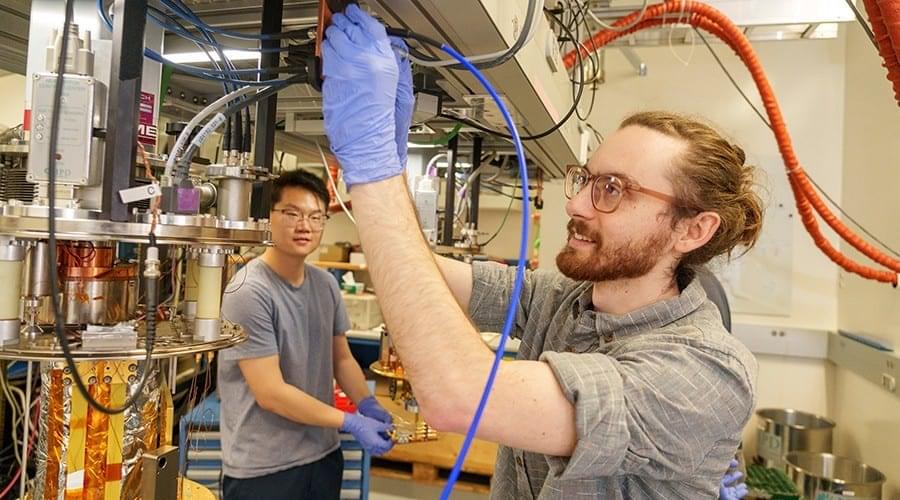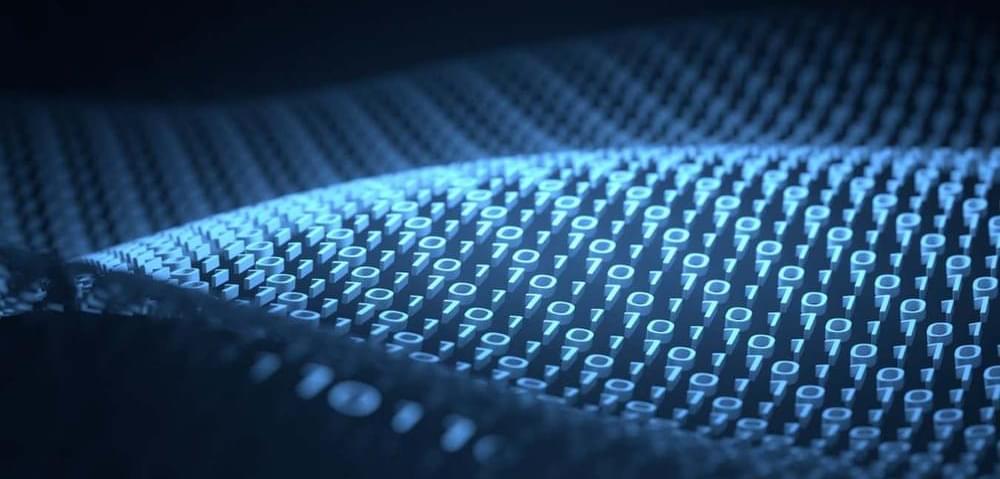Jul 13, 2023
Einstein’s theory of relativity reaffirmed, despite doubts from quantum physicists
Posted by Paul Battista in categories: quantum physics, space
One of the most basic assumptions of fundamental physics is that the different properties of mass—weight, inertia and gravitation—always remain the same in relation to each other. Without this equivalence, Einstein’s theory of relativity would be contradicted and our current physics textbooks would have to be rewritten. Although all measurements to date confirm the equivalence principle, quantum theory postulates that there should be a violation.
This inconsistency between Einstein’s gravitational theory and modern quantum theory is the reason why ever more precise tests of the equivalence principle are particularly important. A team from the Center of Applied Space Technology and Microgravity (ZARM) at University of Bremen, in collaboration with the Institute of Geodesy (IfE) at Leibniz University Hannover, has now succeeded in proving with 100 times greater accuracy that passive gravitational mass and active gravitational mass are always equivalent—regardless of the particular composition of the respective masses.
The research was conducted within the framework of the Cluster of Excellence “QuantumFrontiers.” Today, the team published their findings as a highlights article in Physical Review Letters.

